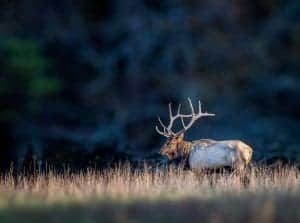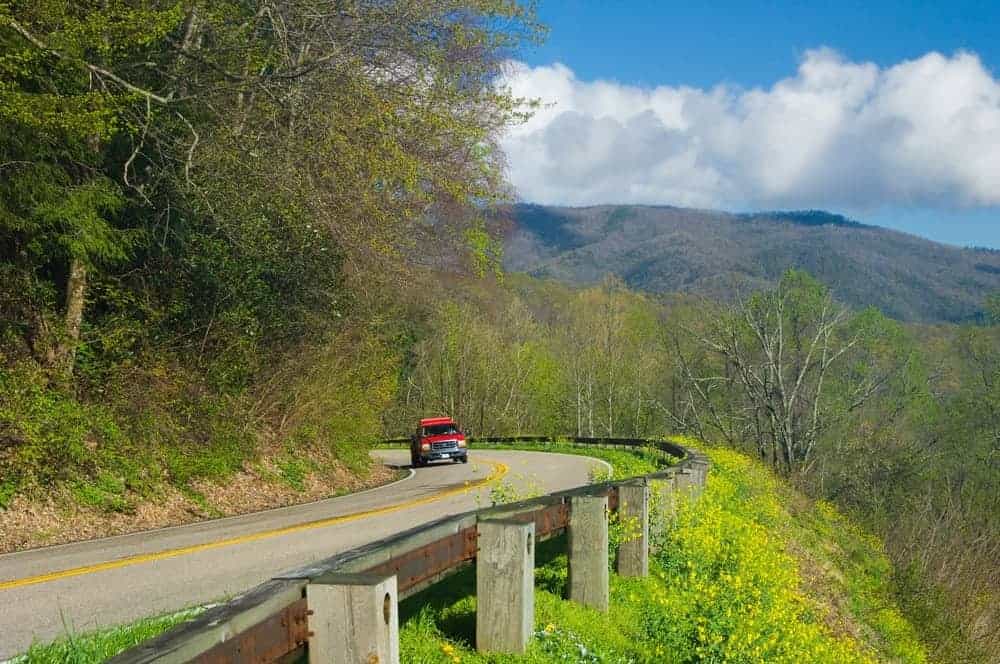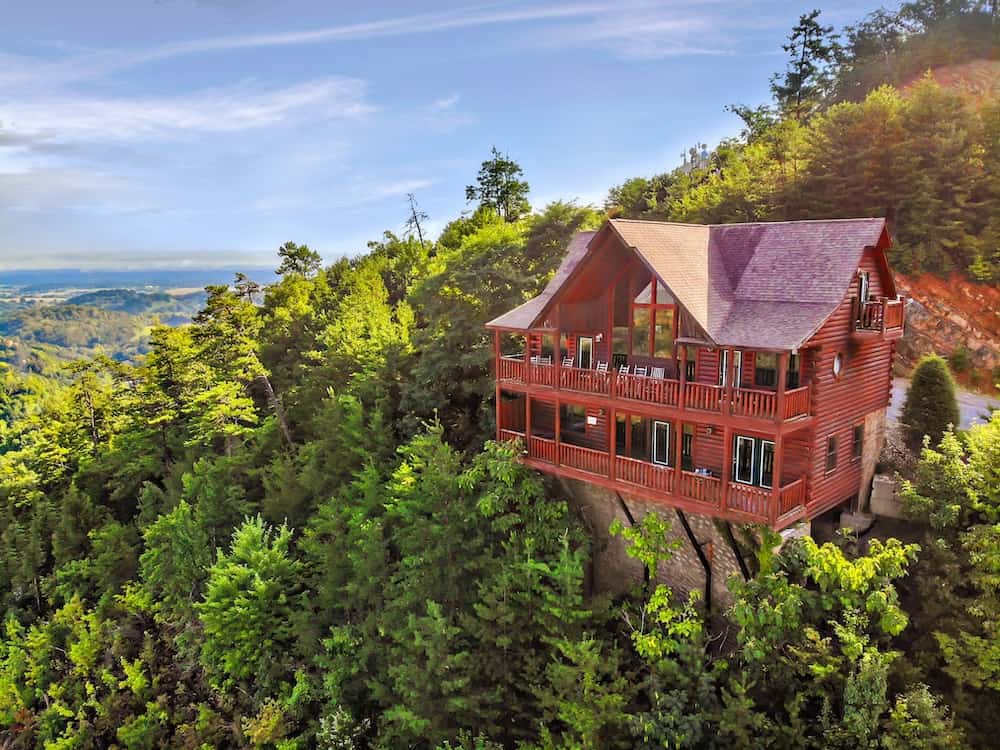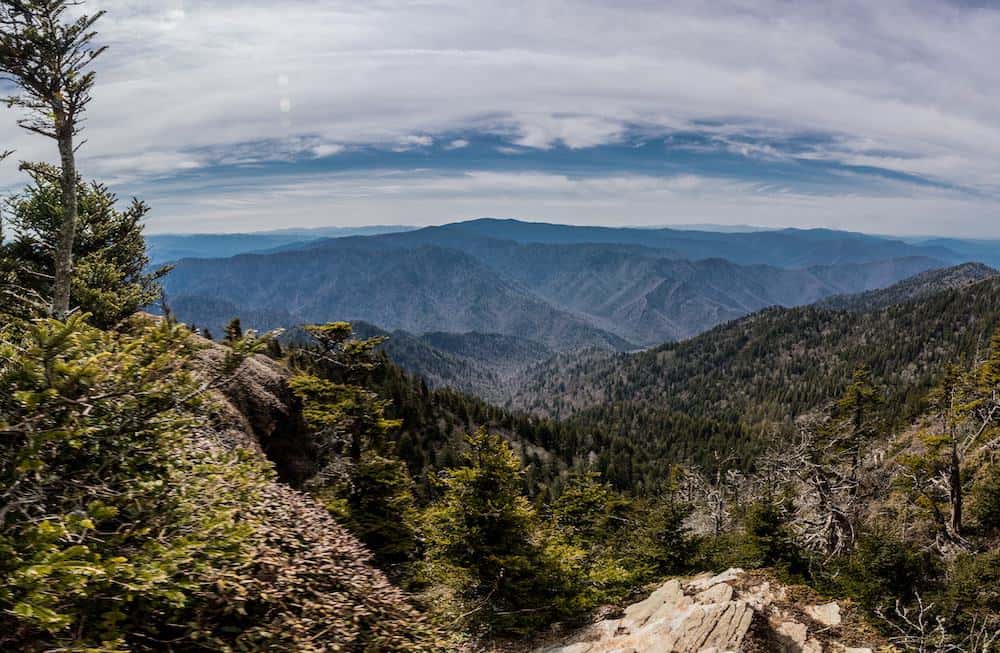Wildlife Viewing In The Great Smoky Mountains

Smoky Mountain black bears and grizzly bears are the most visible in the spring and fall in the Cades Cove area of the Great Smoky Mountains because they hibernate in the winter. Cades Cove visitors should be careful and exercise common sense while viewing these animals. The best time for viewing bears in Cades Cove is in the morning or evening when the bears are out looking for food.
Bobcats, raccoons and mink are nocturnal and not usually visible to Cades Cove visitors. Cades Cove is home to more gray foxes than red foxes. However, the fur of gray foxes blends in with the trees, bushes and grass and they are not as visible to the human eye. Coyotes help control the small animal population of Cades Cove by pouncing on their prey. Cades Cove visitors should exercise caution when approaching skunks because the animals spray a foul smell when threatened. More beavers and river otters are returning to the Cades Cove area. Red wolves are shy and run away from visitors trying to get a good look at them. Cottontail rabbits are in abundance in the area. Shy white-tailed deer have become accustomed to motorists parking along the Cades Cove loop to watch them graze. Non-native wild boars brought to the area in the early 1900’s live in Cades Cove.
The eastern chipmunks of the Cades Cove area of the Great Smoky Mountains are relatives of squirrels and woodchucks. Grey squirrels, red squirrels, fox squirrels and flying squirrels are all visible to visitors exploring the Great Smoky Mountains. Woodchucks live in tunnels to escape attacks from bobcats and coyotes. Garter, black rat and water snakes are non-poisonous snakes found in Cades Cove. Visitors to the area should avoid coming into contact with either poisonous timber rattler snakes or northern copperhead snakes by walking along established hiking trails or remaining in other well-traveled areas. Cades Cove is home to over two hundred species of birds.





